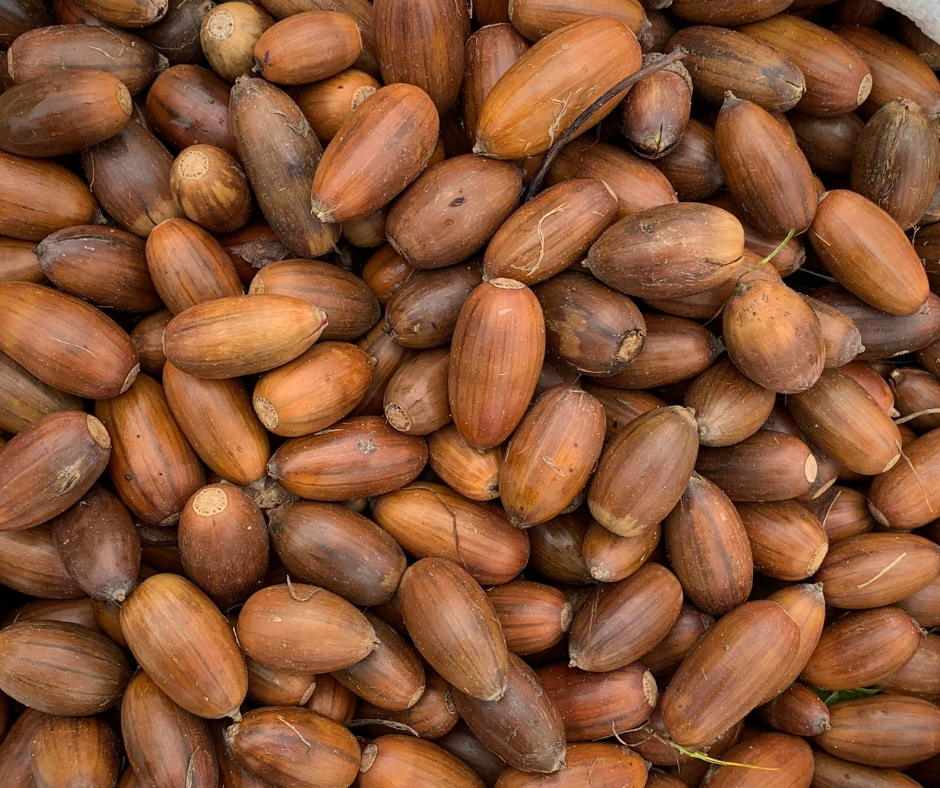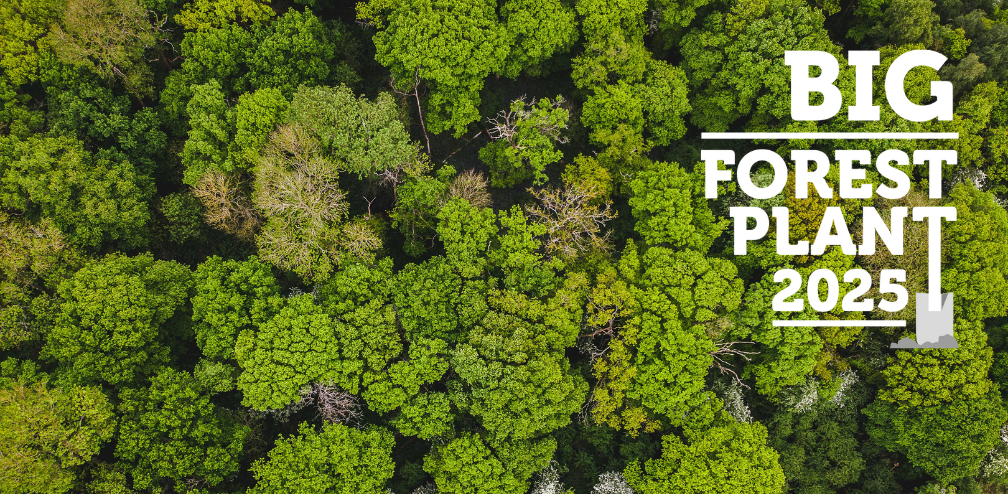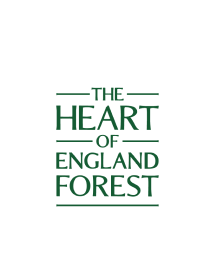
A bumper year for fruit and nuts. Is it a mast year?
If you’ve been walking in the Forest recently, you may have noticed trees and hedgerows heavy with nuts and berries. Acorns crunch underfoot, branches are laden with hawthorn and blackthorn berries, and even the Forest’s orchards are bursting with apples.
So, what’s behind this seasonal abundance?
What is a mast year?
A mast year is when certain trees - such as oak, beech, and hazel - produce a bumper crop of seeds, nuts, or fruit. These events typically happen every three to five years and are triggered by a combination of weather and biology.
A warm, dry summer followed by rainfall in early autumn creates perfect conditions for trees to channel energy into producing large quantities of nuts and berries. But it’s also a clever evolutionary tactic: by flooding the landscape with seed, trees overwhelm seed-eating animals like squirrels and jays, ensuring that at least some seeds survive to grow into the next generation of trees.

Signs point to “Yes”
All evidence suggests that 2025 is indeed a mast year. The Woodland Trust’s Nature’s Calendar project, which tracks seasonal changes across the UK, has given this year an acorn crop score of 4 out of 5 - a level consistent with previous mast years.
Across our Forest trails, the signs are everywhere. In Dorothy’s Wood, plum and cherry trees have bowed under their fruit; Roberts Wood and Spernal Park are strewn with acorns thick across the paths; and at the Dorsington Arboretum, walnuts and mulberries have flourished. Along the Honeybourne footpaths, sloe berries and blackberries tangle in the hedges, while in Ducie’s Wood, our forestry team and wildlife have been treated to a crop of sweet, sun-warmed apples.
You can help track these natural patterns by recording what you see in the Forest. Share your sightings of ripe nuts, berries, and other seasonal changes at Nature’s Calendar. Each record helps scientists understand how weather and climate change are affecting our native wildlife.
What does this mean for the Forest?
This year’s abundance should help prevent a phenomenon known as “false autumn” - when plants under stress from prolonged heat and drought shed their leaves early or ripen fruit prematurely. Instead, we can expect a more gradual and colourful transition into autumn.
It will provide a feast for wildlife - from birds and small mammals to insects, and increased woodland activity and opportunities for natural regeneration as more seeds take root.
However, when the bumper crop runs out, wildlife may face a sudden shortage of food later in the year. Short-term imbalances in food supply can ripple through the ecosystem, influencing species populations and woodland health.

Next time you visit the Forest
Take a moment to look up at the oaks and hazels, or along the hedgerows glowing with berries. A mast year is a reminder of nature’s rhythms - how trees, weather, and wildlife are all intertwined in the life of the Forest.




